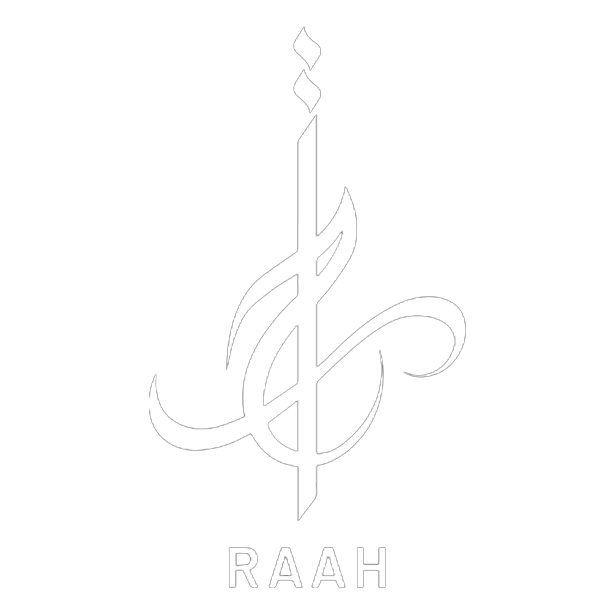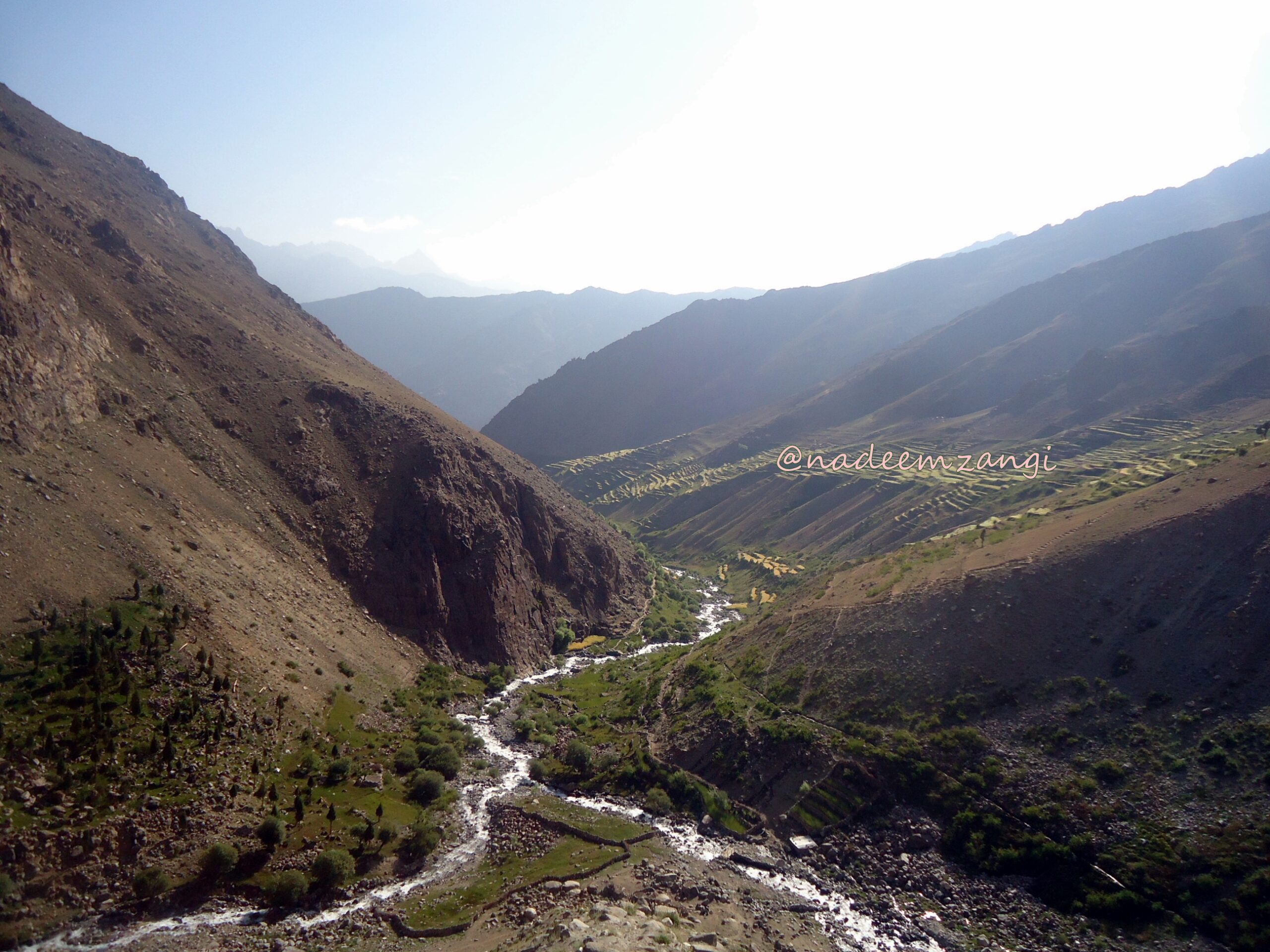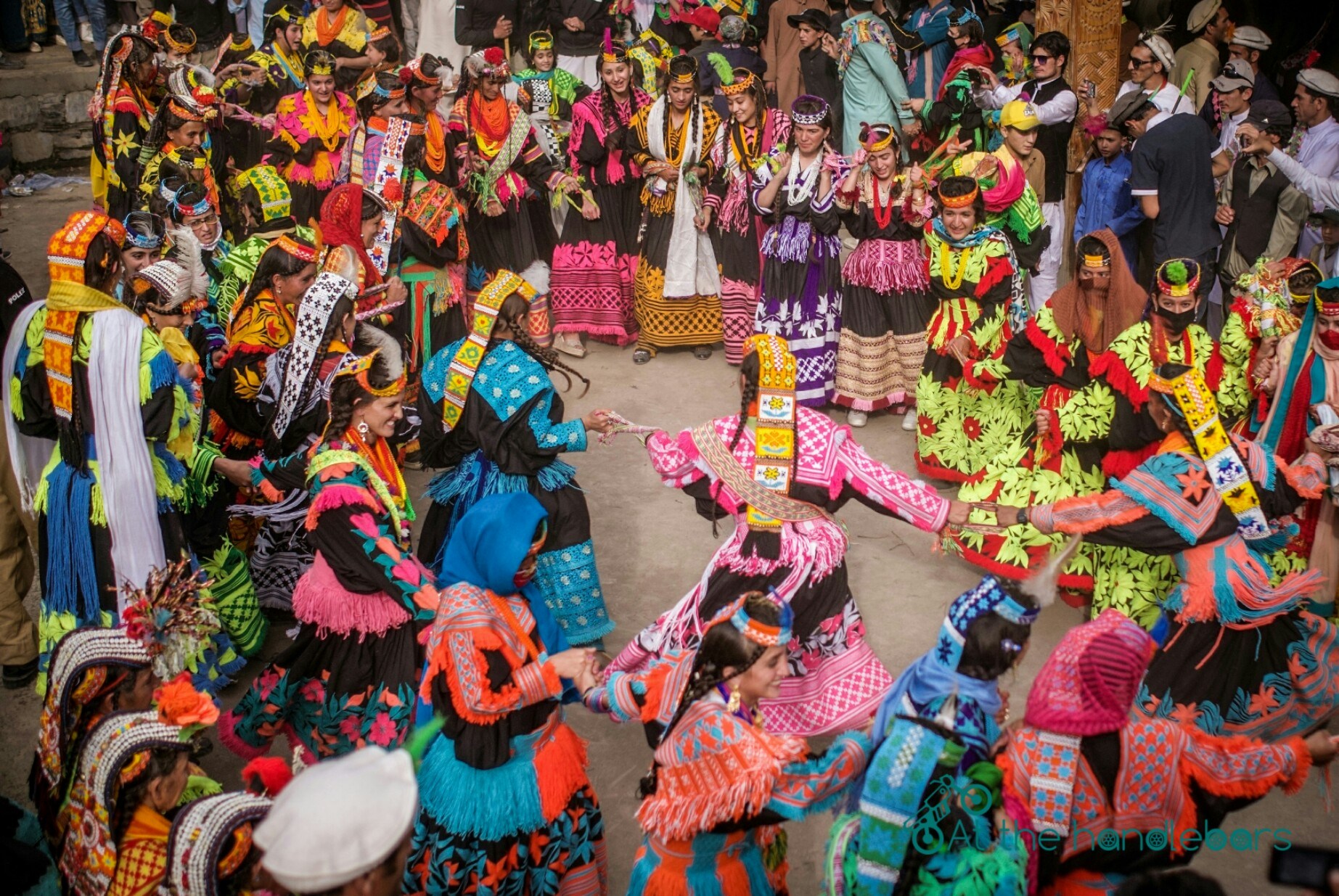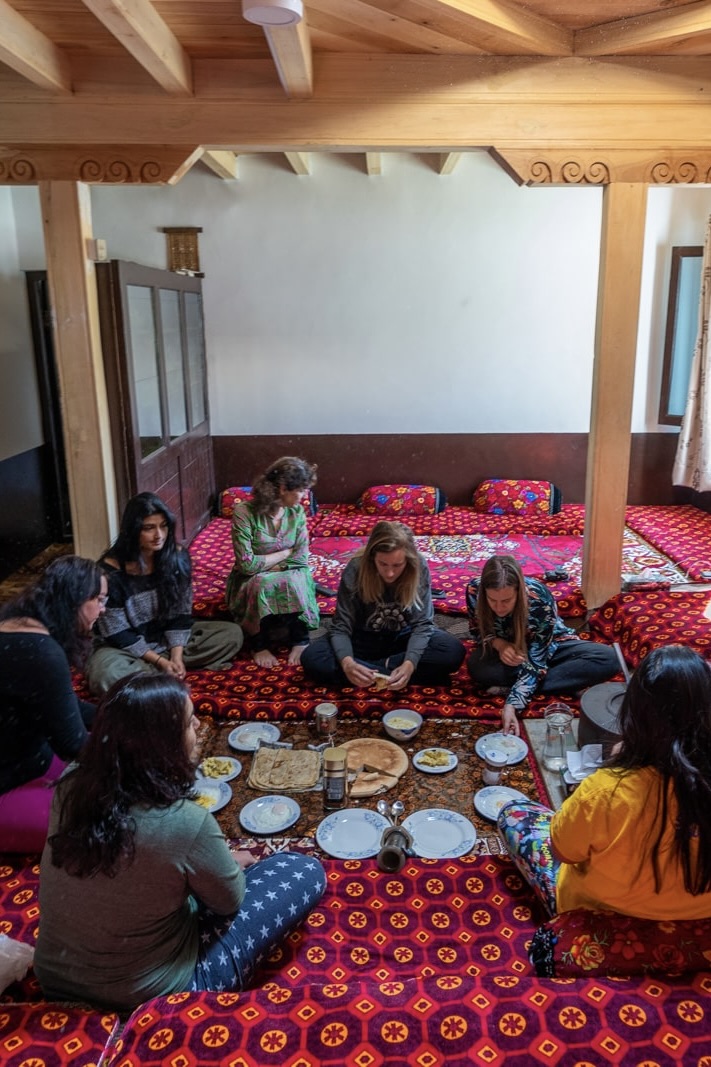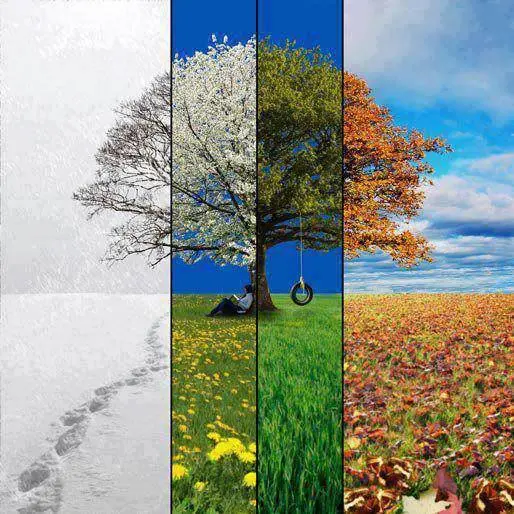Throughout history, ancient cultures have left us a treasure trove of symbols, practices, and beliefs that continue to influence our modern understanding of health, spirituality, and self-awareness. From the intricate symbolism of Egyptian deities to the universal language of dreams, these ancient insights offer valuable guidance in navigating contemporary life. Recognizing their relevance today can deepen our connection to ourselves and the universe, fostering a holistic approach to well-being and knowledge.
Table of Contents
- The Power of Symbols in Ancient and Modern Contexts
- Dreams as a Gateway to Ancient Wisdom and Self-Discovery
- Traditional Medicine and Its Roots in Ancient Practices
- The Intersection of Astronomy, Agriculture, and Predictive Knowledge
- The Significance of Anubis and Embalming in Cultural and Symbolic Contexts
- The Mathematical Symbolism of the Eye of Horus
- Bridging Ancient Wisdom and Today’s Science and Spirituality
- Non-Obvious Depths: Cultural Exchange and Universal Archetypes
- Conclusion: Embracing Ancient Wisdom in the Modern World
The Power of Symbols in Ancient and Modern Contexts
Symbols have served as carriers of collective consciousness, encapsulating complex ideas, spiritual beliefs, and cultural identity in visual and conceptual forms. These symbols transcend language barriers, allowing diverse civilizations to communicate profound truths about existence, health, and spirituality. Today, the significance of symbols persists, especially in holistic health and personal development, where they act as gateways to understanding ourselves and the universe better.
For example, the Eye of Horus, originating from ancient Egypt, was believed to offer protection and healing. Modern interpretations see it as a symbol of wholeness and balance, often used in jewelry and spiritual practices to promote well-being. Such symbols continue to influence contemporary health practices by serving as visual anchors for intention and mindfulness.
go to website for more insights on how ancient symbols are integrated into modern holistic approaches.
Dreams as a Gateway to Ancient Wisdom and Self-Discovery
In many ancient civilizations, dreams were considered sacred messages from the divine or the subconscious, guiding decisions and revealing hidden truths. The Egyptians, for instance, documented dreams extensively in texts like the “Dream Book,” which interpreted symbols and messages to aid healing and spiritual growth. Modern psychology, from Freud to Jung, views dreams as a window into the subconscious, offering clues about our emotional states and potential paths for healing.
Decoding dreams often involves understanding the symbols that appear—such as animals, numbers, or objects—and their associations. For example, a recurring dream about water might symbolize emotional cleansing, a concept echoed in both ancient symbolism and contemporary therapy. Recognizing these messages can foster self-awareness and healing, connecting us with ancient practices of inner exploration.
The integration of dream analysis with symbolic understanding enhances personal growth, making it a practical tool rooted in centuries-old traditions.
Traditional Medicine and Its Roots in Ancient Practices
Ancient Egyptian medicine combined empirical knowledge with spiritual rituals, herbs, and symbolism. Texts like the Edwin Smith Papyrus reveal sophisticated understanding of anatomy and treatment methods. Many modern medical practices, such as wound care and the use of medicinal plants, trace their origins to these ancient traditions.
Today, holistic approaches often incorporate ritualistic elements and symbolic gestures—like the use of specific herbs associated with healing energies—to complement scientific medicine. For example, the use of frankincense and myrrh, historically valued for their antiseptic and spiritual properties, exemplifies how ancient symbolism and herbal medicine continue to influence alternative health practices.
Understanding the symbolic significance of medicinal elements can enhance our holistic health strategies, emphasizing the interconnectedness of body, mind, and spirit.
The Intersection of Astronomy, Agriculture, and Predictive Knowledge
Ancient Egyptians meticulously observed celestial events, integrating their understanding into agricultural cycles and religious festivals. The Nile flood cycle, crucial for agriculture, was predicted based on the heliacal rising of the star Sirius — demonstrating precise observational astronomy that informed societal planning. These astronomical phenomena were embedded in religious symbolism, emphasizing their divine origin and importance.
Modern environmental science continues to appreciate the importance of celestial cycles for climate and agriculture. Historical methods of prediction, rooted in celestial observation, can inform contemporary environmental awareness and sustainable practices, highlighting the timeless value of ancient knowledge systems.
The Significance of Anubis and Embalming in Cultural and Symbolic Contexts
The jackal-headed god Anubis was associated with death, burial, and transformation, embodying the ancient Egyptian understanding of rebirth. Embalming, a ritual preservation process, symbolized the eternal cycle of life and death, emphasizing the importance of maintaining the integrity of the physical and spiritual self for the afterlife.
Contemporary practices, such as organ preservation and cosmetic surgery, mirror these symbolic themes of renewal and preservation. These modern rituals highlight our ongoing fascination with transformation and the desire to prolong or enhance life, resonating with ancient symbols of rebirth.
Symbols of preservation and transformation continue to serve as powerful metaphors for personal growth and renewal in today’s world.
The Mathematical Symbolism of the Eye of Horus
The Eye of Horus is renowned not only as a protective symbol but also for its mathematical significance. It embodies a series of fractions—1/2, 1/4, 1/8, 1/16, 1/32, and 1/64—that represented parts of a whole in ancient Egyptian numerology. These fractions symbolized completeness, balance, and healing, reflecting the Egyptians’ sophisticated understanding of mathematics integrated into spiritual symbolism.
In modern applications, fractional concepts derived from this symbolism are fundamental in fields such as medicine—where dosages are divided precisely—and in technology, where binary and modular systems rely on fractional calculations. This continuity demonstrates how ancient symbolic systems underpin contemporary scientific and technological frameworks.
| Fraction | Representation | Significance |
|---|---|---|
| 1/2 | Left eye | Balance and duality |
| 1/4 | Right eye, inner segment | Protection and health |
| 1/8 | Outer segments | Restoration and wholeness |
| 1/16 | Additional parts | Healing and balance |
Bridging Ancient Wisdom and Today’s Science and Spirituality
The enduring relevance of ancient symbols like the Eye of Horus demonstrates their capacity to bridge science, spirituality, and personal development. These symbols serve as visual anchors in holistic health practices, encouraging mindfulness and intention. Modern psychology and therapy increasingly integrate symbols and dreams to facilitate healing and self-discovery, echoing ancient traditions of inner exploration.
By recognizing the universal language of symbols and dreams, we can foster a more integrated understanding of ourselves and the cosmos. Ancient insights, supported by contemporary research, open pathways for innovative approaches to health, consciousness, and spiritual growth.
Harnessing these timeless principles can lead to a more harmonious and enlightened future, where ancient wisdom informs our modern journey.
Non-Obvious Depths: Cultural Exchange and Universal Archetypes
Across civilizations, similar symbols and dreams recur, revealing shared archetypes that underpin human psychology. Carl Jung identified these universal patterns as archetypes—collective symbols that manifest across cultures, such as the hero, the mother, or the transformer. Recognizing these patterns fosters empathy, cultural understanding, and societal growth.
Respecting and studying these archetypes enhances our ability to decode personal and collective narratives, promoting personal development and societal cohesion. In essence, they represent a universal language of the subconscious, bridging diverse cultures through shared symbolism.
Embracing this perspective encourages a holistic view of human experience, emphasizing our interconnectedness and shared heritage.
Conclusion: Embracing Ancient Wisdom in the Modern World
The symbols, dreams, and medicinal practices of ancient cultures remain profoundly relevant, offering insights that can enrich our personal and collective lives. Integrating these ancient principles with modern science fosters a more holistic approach to health, spirituality, and understanding of the universe. Practical applications include mindfulness practices, symbolic therapies, and a greater appreciation for the interconnectedness of all things.
As we continue to explore and honor these ancient teachings, we unlock their potential to inspire future generations toward greater wisdom, balance, and harmony. The journey to self-discovery and holistic well-being is timeless, rooted in the deep well of human history and consciousness.
